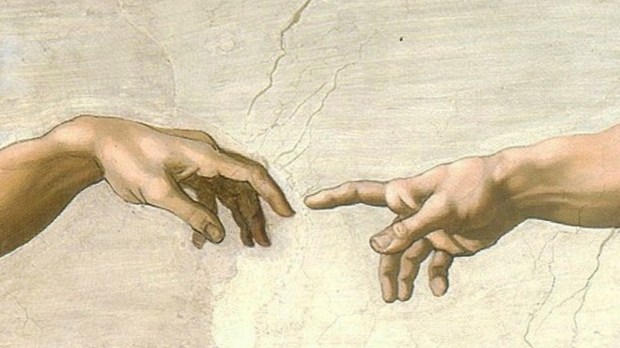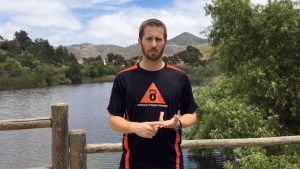Many Catholics frequently talk about the Theology of the Body and its role in shaping the Catholic understanding of human sexuality. However, not everyone knows what the Theology of the Body is, or where to find out more information.
What is the Theology of the Body?
The Theology of the Body is a series of reflections given at the Wednesday papal audiences by St. John Paul II from September 1979 to November 1984. In total, St. John Paul II gave 129 individual addresses that cover a whole range of topics.
St. John Paul II began with a series of meditations on Genesis and the meaning of “Original Nakedness,” along with a foundational understanding of our bodies as “gifts.”
The addresses then look to Jesus Christ for a more complete understanding of our bodies and how to live “life according to the Spirit.”
With this background in mind, John Paul II dives into the beauty of the sacrament of marriage and the Catholic view of sexuality within marriage.
All of these reflections were later compiled into a single book entitled, Man and Woman He Created Them: A Theology of the Body.
However, St. John Paul II’s writing is not very easy to understand for the average lay person, and so many have tried to decode his theological writing into more digestible lessons.
The Theology of the Body Institute, for example, offers courses, podcasts, YouTube videos and other publications that bring out the beauty and richness of St. John Paul II’s teachings.
George Weigel famously wrote in his book Witness to Hope that John Paul II’s Theology of the Body is a “theological time bomb set to go off, with dramatic consequences, sometime in the third millennium of the Church.”
While the Theology of the Body does not offer any new teaching, it does synthesize the Church’s view of sexuality and provides a foundation that helps Catholics understand the reasons behind the Church’s teachings on such things as contraceptives and homosexuality.
When properly understood, the Theology of the Body is a beautiful way to understand the gift of our bodies and why God made us male and female.


